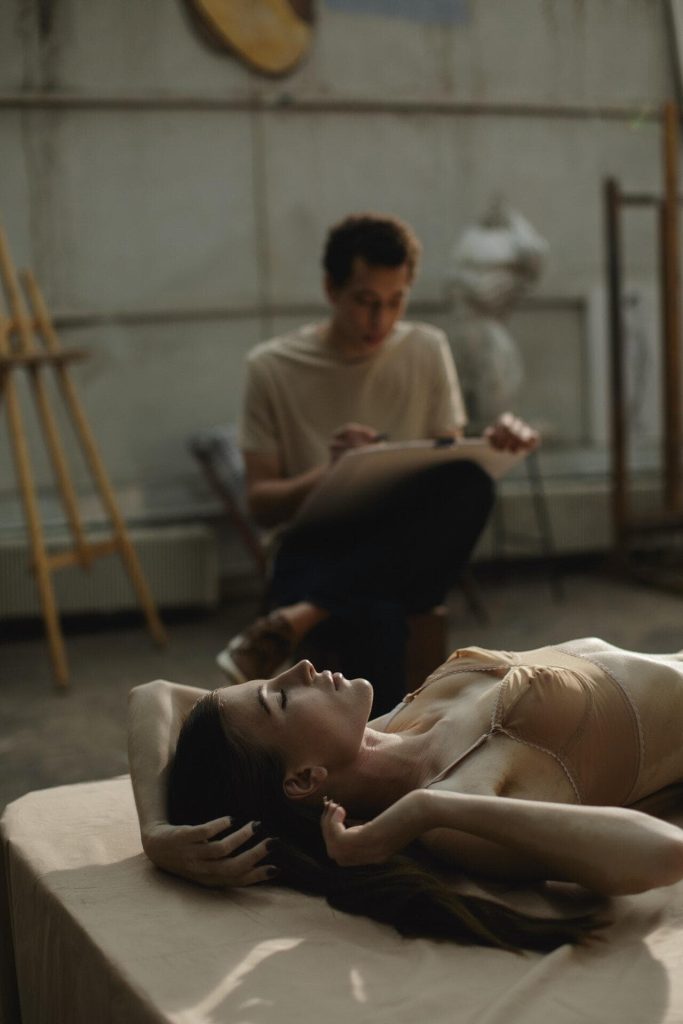Zen Master Dogen writes, ‘To study Buddhism is to study the Self; to study the Self is to forget the Self.’
Who are we? What are We? We are obsessed with finding ourselves. To seek that essence, that fundamental core of what we are.
The search for the Self is both illuminating and mystifying. To discover and search that there is no fixed self is insightful, but seemingly you as a person remain out of reach.
But here’s a thing about knowing yourself.
Do you like to eat strawberries? Regardless of a yes or a no you learned something about yourself.
Do you like Game of thrones? Yes or no, you know something about yourself.
Now just keep going; each piece is what contributes to who you are. So in a way, you do know yourself.
What is misleading is the belief that there is some hidden core or essence we need to discover to be ourselves.
We’re afraid to search because we might not like what we find, but we search because we’re desperate to know. Either way, we’re unsatisfied with either the ignorance or the answers.
But once you learn the truth, there is no fixed self. You can learn about the changing Self. Follow your curiosity and make life more of an adventure of discovery.
You like strawberries, or not, you do it don’t like Game of Thrones. These are the answer and many others to find out.
To study the self then let go of the self.
Figure Drawing and the Self
‘To study the nude is to forget the nude.’
As an artist, a parallel can be found in figure drawing class. Studying the nude is to look closer. After a time, you no longer see a person; what you see is a curve, a shape, alignment, a light-dark. The person becomes a set of features.

It is the same with the self. The closer you lok the more you see it’s sensations, perceptions, and ideas.
Siddhartha discovered the same, he found nothing tangible or unchanging in existence, in the mind.
This was the ‘discovery’ of non-self or Anatman.
The nude, like the self, is made of relationships, form, gesture, value, etc. None of which show fully what it is but together make up the nude.
I’ve learned to be a Buddhist is a lot like seeing the world as an artist does.
The self is the same, to study what makes you.. you, is to learn many things, no of which are the essence of you.
The Self is not so hidden, but it’s mysterious because our understanding is unfinished, constantly changing. In this way, we can’t fully know ourselves, so we learn to let go and a let the mystery remain.
The trick is to be content with that. Not to try and squeeze out all the knowledge, but not to worry over being too ignorant.
To delight in the illusion of the world (Mara) but not get caught in them, attached to them. Remember, there’s so much we can’t know, so much we can, and that’s okay.
Narratives
The emptiness of Sunyata underlines the fullness of existence, a world filled with people, places, art, and ideas to explore and engage with. None of it endures, all of it changes.
Buddhists recognise that the self is, in one way, a narrative we tell ourselves about ourselves. ‘Saying I am this, or not that’. ‘I own this and not that.’ We define ourselves according to this kind of thinking.
None of that talk is about anything that remains unchanged. Instead, see it as how you relate to the world, the connection you up.
The narrative style is misleading because it implies a dualism of the subject, the viewer, and the object, actor and acting. Such dualism suggests a core and person who acts, a Self.
To search for the self is like asking, ‘what matters most to the volume of a cube, the breadth, width or height? The question makes no sense. Like a Nude, a cube form is made of other elements; each exists together to make the cube.
But if you examine a narrative like the nude, it can be made up of different parts, none of which exists by itself; it all works together.
Our mistake is thinking there’s an essence the narrative captures.
